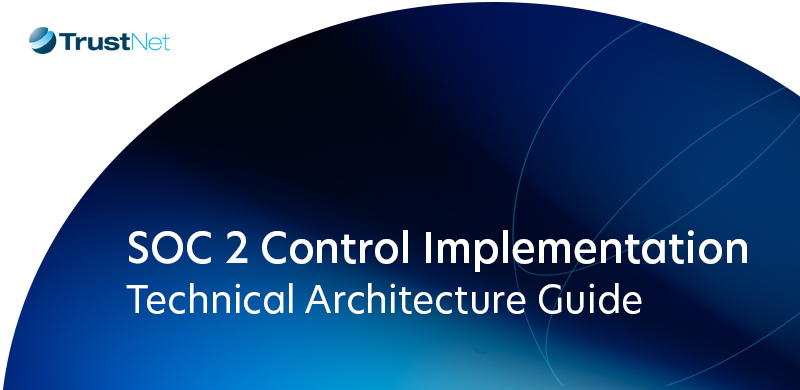Blog ISO 27001 Risk Assessment Methodology
ISO 27001 Risk Assessment Methodology

Conducting an internal ISO 27001 audit enables you to assess your company’s security equipment, systems, protocols and procedures to ensure that they are in compliance with industry standards. One of the most important aspects of this process involves determining where the vulnerabilities lie in order to see how these weaknesses may open your organization’s networks and systems to the jeopardy of data breach. By properly implementing a risk assessment, you can review, assess and correct your entire security mechanism, thus creating a more stable and safe infrastructure.
The Components of the ISO 27001 Risk Assessment Methodology
Clause 6.1.2 of the ISO 27001 standard lays out a rather minimal list of requirements that you must adhere to as you seek to determine the security of your information systems and controls. They include the following:
• Specify how you will go about identifying risks and vulnerabilities that could compromise the confidentiality, availability and/or integrity of the information you store, manage or transmit. One of the best ways is to list all threats and vulnerabilities that you detect;
• Discuss how you will identify the risk owners. Find a person or team who has the training, knowledge and ability to deal with the risk and the power or position in your company to accomplish the task.
• Identify what criteria you will use to gauge the likelihood that the risk might occur as well as potential consequences. Many teams rate risks as low, medium or high priority or use a numerical scale;
• Recount how you will calculate the risk;
• Describe the criteria you will use to accept risks. You might, for example, choose to address all risks that you have rated as “high” before any others.
In short, a strong ISO risk assessment methodology is the first step of an entire risk management structure. It provides your organisation with a qualitative or quantitative framework that you and your management team can use to assess your company’s success in the implementation of this important standard. Once you have put it in place, you can move on to the other elements of your effective risk management steps.
Implement Your Risk Treatment Plan
Once you have identified risks and prioritized them according to threat level via the risk assessment methodology, you are ready to move on to a treatment plan. This, of course, involves dealing with your highest-priority or unacceptable risks first. To that end, you have four possible options:
• Implement security controls to minimize the risk;
• Change ownership of the risk by transferring it. For instance, by insurance, thereby making the risk the problem of the insurance provider;
• Avoid the risk by ceasing the risky behavior or by finding another way to achieve your goal;
• Accept the risk as long as you know the potential consequences.
Now that you have applied this protocol to your highest risks, you can proceed to mid- and low-level concerns until you have a thorough picture of the known challenges facing your organisation.
Write A Risk Assessment Report
After all of your hard work of identifying, ranking and treating your risks, the time has come to chronicle your activities in an isms risk assessment report. This document is designed to create a tangible statement that you and your team can show to stakeholders or use later during a compliance audit from an internal or third-party expert.
Statement of Applicability
Another important piece in your cyber compliance process is the Statement of Applicability, a document that details all of the security processes that you have implemented as a result of your risk assessments, your reasons for putting them in place and exactly how they work. This is a vitally important component of any third-party certification audit. Keep in mind that it is your team’s job to show that your data and systems are secure and that you comply with the ISO 27001 standard.
Move Forward With Your Risk Treatment Plan
With all of the preliminaries in place, you can now implement your practical strategy to assess and address risks in order to protect your hardware, network, software and even human assets. To that end, you need to establish a plan for each goal: Who is going to achieve it? What is the target date? How much will it cost, and from what budget will the funds come? With this framework as your guide, your path is clear and your results become verifiable.
The Elements of a Successful ISO Risk Assessment
Above all else, your team must produce a robust, consistent, verifiable risk assessment document that is designed to reflect your organisation’s view toward the various risks it faces as well as how to address them. Required documentation reports should be very specific in regards to all tasks to be completed, who will be given the job and the deadline for each.
An iso 27001 risk assessment template provides companies with an easy-to-use way to organize all aspects of the project that range from inception to completion. Whether your company is a global player or a smaller actor on the commercial stage, this template should be an indispensable part of your basic reports toolkit as you set about documenting your compliance with ISO standards.
Whether you are preparing to consult with a third-party compliance auditor or you simply are conducting some preemptive self-examinations, an ISO 27001 risk assessment report can provide your organisation with invaluable information. When your IT risk assessment methodology is well-conceived, this documentation truly can provide a framework that will ultimately lead to greater security and accountability with fewer compliance errors.
Secure your business with TrustNet’s top-tier compliance services. Talk to an expert today.




